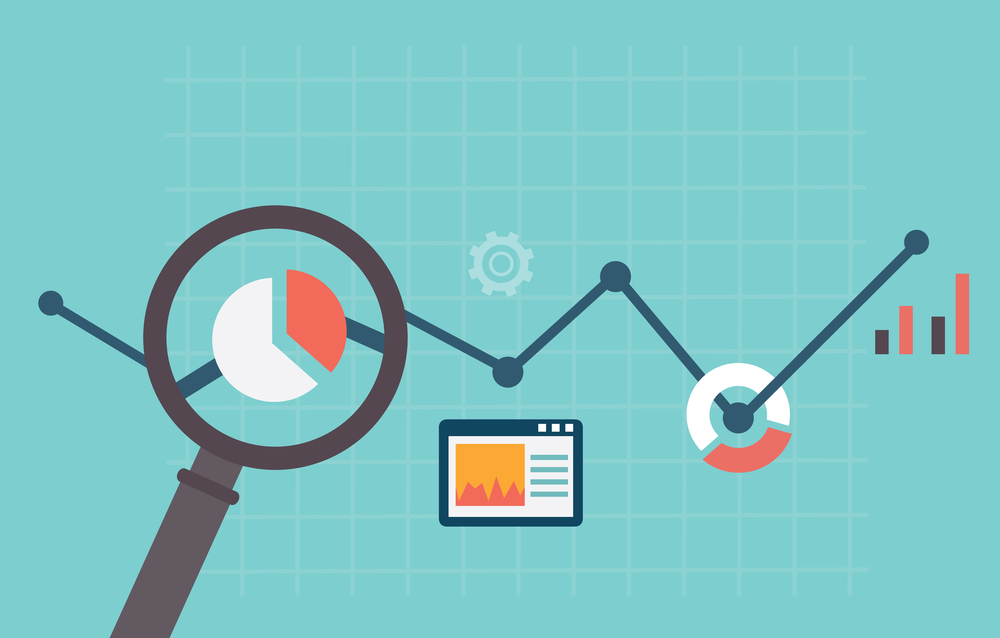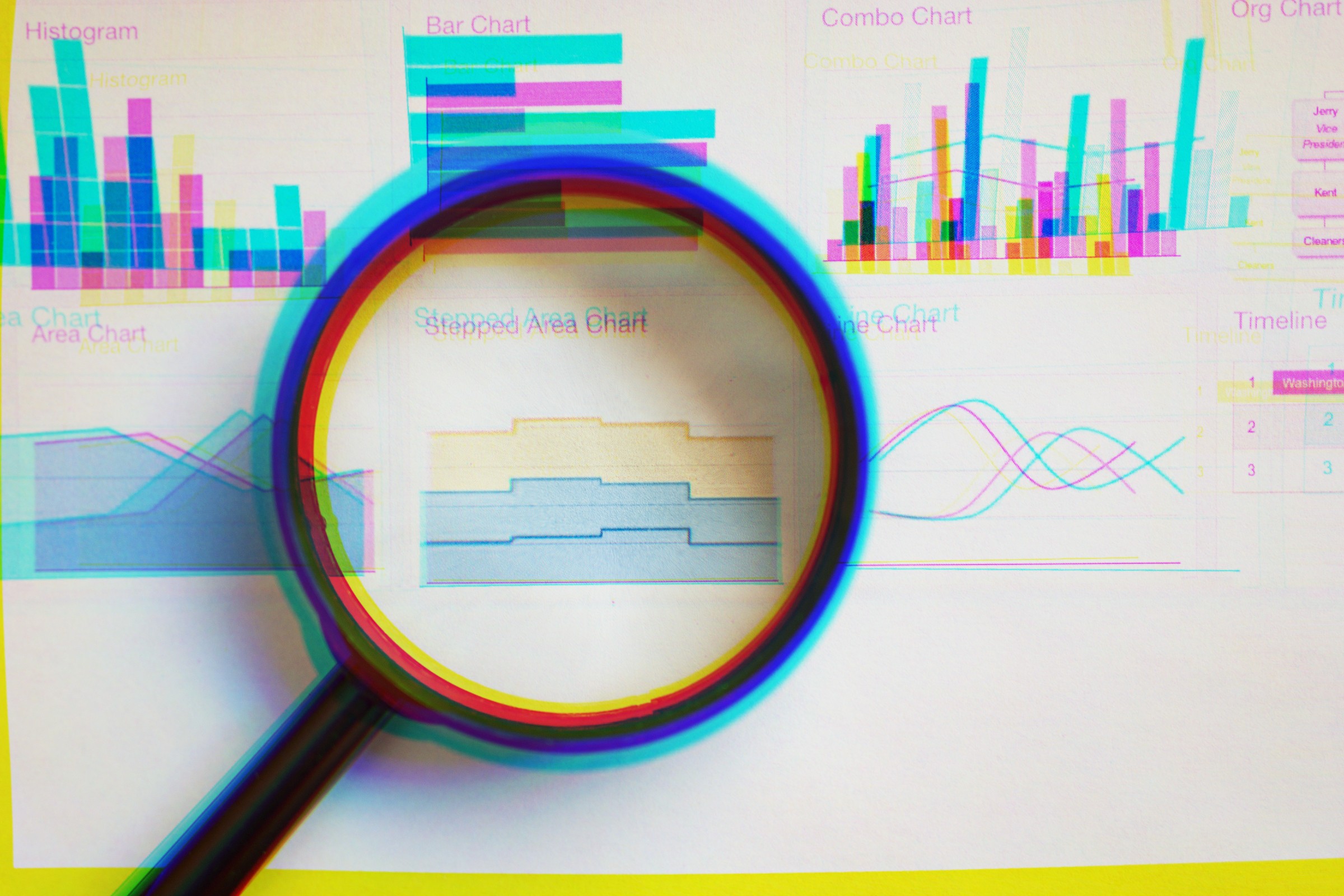In today’s digital age, social media is a powerhouse for businesses looking to connect with their audience. But how do you know if your efforts are paying off? Enter social media performance analysis. This crucial process helps you understand how well your social media strategies are working, giving you insights to refine and improve your campaigns.
What is Social Media Performance Analysis?

Social media performance analysis involves evaluating your social media activities to determine their effectiveness. It’s about examining data, interpreting metrics, and drawing actionable insights that can help optimize your social media presence.
Importance of Social Media Performance Analysis
Why is it so essential? Without analyzing performance, you’re essentially flying blind. Understanding what’s working and what’s not allows you to allocate resources efficiently, craft better content, and ultimately, achieve your business goals more effectively.
Setting Objectives for Social Media Campaigns
Before diving into the analysis, it’s crucial to have clear objectives.
1. Identifying Business Goals
First things first, identify your business goals. Are you aiming to increase brand awareness, drive traffic to your website, or boost sales? Knowing this will guide your social media objectives.
2. Aligning Social Media Goals with Business Objectives
Once you have your business goals, align your social media goals accordingly. For example, if your business goal is to increase sales, your social media goal might be to enhance engagement and drive traffic to your product pages.
Key Metrics in Social Media Performance Analysis
Metrics are the backbone of performance analysis. Here are some key metrics to focus on:
1. Engagement Metrics
Engagement metrics show how actively your audience is interacting with your content. This includes likes, shares, comments, and overall engagement rate.
2. Reach Metrics
Reach metrics measure how many people have seen your content. This includes impressions and reach.
3. Conversion Metrics
Conversion metrics track how many of your social media interactions result in a desired action, like a sale or a sign-up. Key metrics here include click-through rates (CTR) and conversion rates.
4. Audience Metrics
Understanding your audience is critical. Metrics in this category include demographics, psychographics, and audience growth rate.
Social Media Performance Analysis Tools
Using the right tools can make your analysis more effective.
1. Free Tools
There are several free tools available, such as Google Analytics, Facebook Insights, and Twitter Analytics.
2. Paid Tools
For more advanced analysis, paid tools like AIM Insights, Sprout Social, and BuzzSumo can provide deeper insights.
How to Analyze Engagement Metrics
1. Likes, Shares, and Comments
These basic metrics are a good starting point. They give you a sense of how engaging your content is.
2. Engagement Rate Calculation
To calculate the engagement rate, divide the total engagement (likes, shares, comments) by the total number of followers, then multiply by 100. This gives you a percentage that’s easy to compare over time.
Understanding Reach Metrics
1. Impressions vs. Reach
Impressions are the total number of times your content is displayed, while reach is the number of unique users who have seen your content. Both are important, but reach gives a clearer picture of your audience size.
2. How to Increase Reach
Increasing reach can be achieved through various strategies, such as using trending hashtags, posting at optimal times, and promoting your posts.
Conversion Metrics and Their Importance
1. Click-Through Rates (CTR)
CTR measures how many people clicked on a link in your post compared to how many saw the post. It’s a good indicator of how compelling your call-to-action is.
2. Conversion Rate
Conversion rate goes a step further, measuring how many of those clicks result in a desired action. This is critical for assessing the effectiveness of your campaigns.
3. ROI Measurement
Return on Investment (ROI) measures the profitability of your social media efforts. Calculate it by dividing the net profit by the total cost of the social media investment.
Analyzing Audience Metrics
1. Demographics
Demographics include age, gender, location, and other basic information about your audience. This helps tailor your content to the right people.
2. Psychographics
Psychographics delve deeper into your audience’s interests, values, and lifestyles. This is crucial for creating highly relevant content.
3. Audience Growth Rate
Tracking how your audience size changes over time can help you understand the effectiveness of your social media strategies.
Competitor Analysis in Social Media
1. Importance of Competitor Analysis
Understanding what your competitors are doing can provide valuable insights. It helps you identify opportunities and gaps in your own strategy.
2. Tools for Competitor Analysis
Tools like SEMrush, Ahrefs, and Social Blade can help you track your competitors’ social media performance.
Content Performance Analysis
1. Best Performing Content Types
Identify which types of content (videos, infographics, blogs) perform best. This can help you focus on creating more of what your audience loves.
2. Content Analysis Tools
Tools like BuzzSumo and HubSpot can help you analyze the performance of your content across different platforms.
Sentiment Analysis in Social Media
1. What is Sentiment Analysis?
Sentiment analysis examines the emotions and opinions expressed in your social media mentions. It’s about understanding the mood of your audience.
2. Tools for Sentiment Analysis
Tools like Brandwatch, Hootsuite Insights, and Social Mention can help you track and analyze sentiment.
Reporting and Presenting Social Media Performance
1. Creating Effective Reports
An effective report should be clear, concise, and visually appealing. Use charts and graphs to make data easier to understand.
2. Key Elements of a Good Report
Include key metrics, insights, and actionable recommendations. Tailor the report to your audience, whether it’s for your team or higher management.
Actionable Insights from Data Analysis
1. Identifying Trends
Look for patterns in your data. What type of content gets the most engagement? Which times are best for posting?
2. Making Data-Driven Decisions
Use the insights from your analysis to inform your strategy. This ensures that your decisions are backed by data, not just gut feelings.
Future Trends
1. Predictive Analytics
Predictive analytics uses historical data to forecast future trends. This can help you stay ahead of the curve.
2.AI and Machine Learning
AI and machine learning are becoming increasingly important in social media analysis. These technologies can provide deeper insights and automate parts of the analysis process.
Conclusion
Social media performance analysis is an essential practice for any business looking to thrive online. By understanding and leveraging key metrics, using the right tools, and making data-driven decisions, you can significantly enhance your social media strategy. Remember, continuous analysis and adjustment are the keys to ongoing success.
Ready to take your social media performance to the next level? Request a demo from AIM Technologies today and see how our advanced analytics tools can revolutionize your social media strategy.
FAQs
What are the most important metrics for social media performance?
- Engagement rate, reach, conversion rate, and ROI are some of the most important metrics.
How often should I analyze my social media performance?
- It’s good practice to analyze your performance at least monthly. However, weekly or even daily analysis can be beneficial for more dynamic campaigns.
Can small businesses benefit from social media performance analysis?
- Absolutely! Small businesses can gain valuable insights into their audience and optimize their strategies for better results.
What is the best tool for social media performance analysis?
- There’s no one-size-fits-all tool. It depends on your specific needs. Tools like Hootsuite, Sprout Social, and Google Analytics are popular choices.
How can I improve my social media performance based on analysis?
- Focus on what works. Use the data to refine your content, posting times, and engagement strategies. Continuously test and adjust based on your findings.


